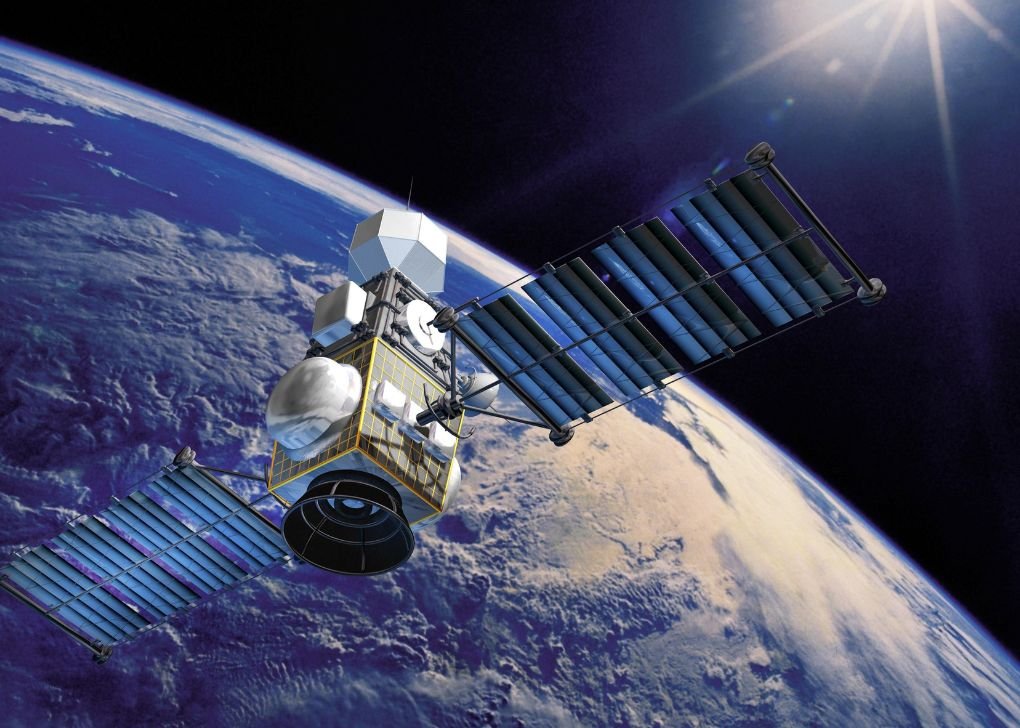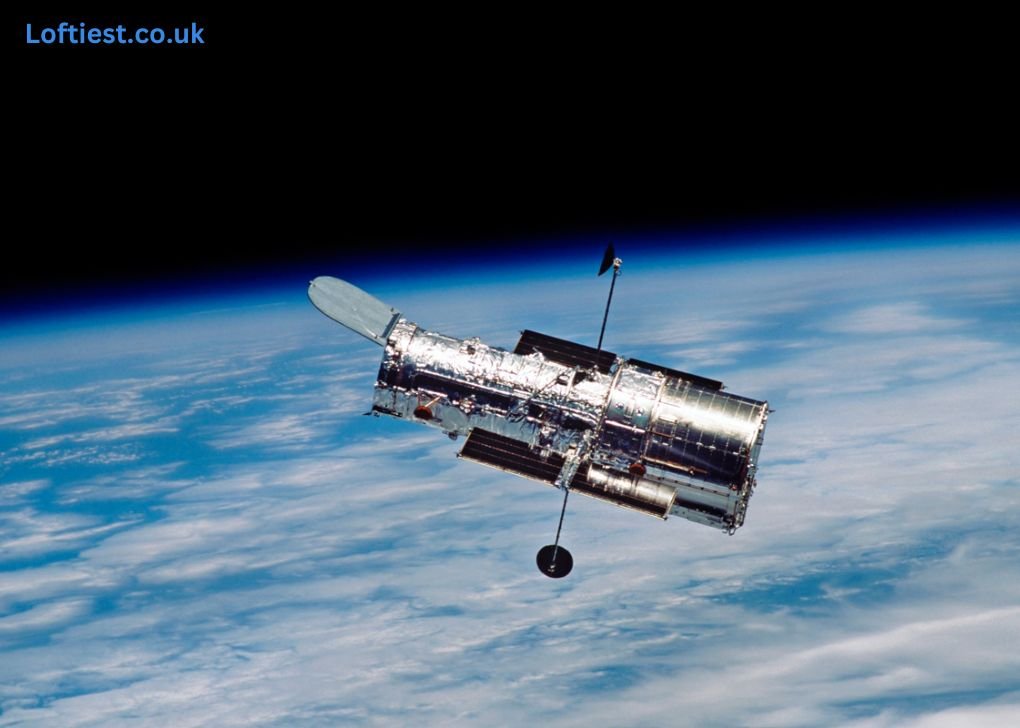Satellite systems have transformed the way we communicate, navigate, gather data, and understand our planet and the universe beyond. These sophisticated networks of artificial satellites orbiting the Earth have revolutionized various industries, including telecommunications, broadcasting, weather forecasting, navigation, and scientific research. In this blog, we will explore the fascinating world of satellite systems, their components, functions, and the immense impact they have on our daily lives and the advancement of human knowledge.
-
Understanding Satellite Systems
Satellite systems consist of multiple components working in harmony to achieve a diverse range of objectives. At the core of these systems are artificial satellites, which can be categorized into different types based on their function, such as communication satellites, weather satellites, navigation satellites, and Earth observation satellites.
Communication satellites enable global connectivity by relaying signals between ground-based stations, facilitating telecommunications services like phone calls, internet access, television broadcasting, and data transfer across vast distances. Weather satellites provide crucial data for meteorological analysis, helping forecasters predict and monitor weather patterns, storms, and natural disasters. Navigation satellites, such as the Global Positioning System (GPS), allow precise positioning, navigation, and timing services worldwide, benefiting transportation, logistics, and personal navigation devices.
Earth observation satellites capture high-resolution imagery and collect data about our planet’s surface, atmosphere, and oceans. These satellites play a vital role in environmental monitoring, disaster response, urban planning, agriculture, and resource management. Additionally, scientific research satellites enable groundbreaking discoveries in fields like astronomy, astrophysics, planetary exploration, and climate studies, expanding our understanding of the universe and our place in it.

-
Advantages and Applications
The deployment of satellite systems offers numerous advantages and opens up a vast array of applications across multiple sectors. Firstly, satellite communications enable global connectivity, bridging geographical barriers and facilitating seamless communication across continents and oceans. This technology has revolutionized international business, enabling real-time collaboration, remote work, and e-commerce on a global scale.
Satellite broadcasting has transformed the entertainment industry, providing a diverse range of television and radio channels to audiences worldwide. Direct-to-Home (DTH) satellite television has become ubiquitous, offering high-quality programming to homes in even the most remote areas.
Satellite navigation systems, such as GPS, have revolutionized personal and commercial navigation, making it easier than ever to navigate unfamiliar places, plan efficient routes, and track assets. Industries such as aviation, maritime, logistics, and emergency services heavily rely on satellite navigation for precise positioning and navigation.
Weather satellites play a critical role in forecasting, enabling early detection and monitoring of severe weather events such as hurricanes, typhoons, and tornadoes. These satellites provide invaluable information to meteorologists, helping them issue timely warnings, saving lives and minimizing property damage.
Earth observation satellites contribute to various fields, including environmental monitoring, urban planning, agriculture, and disaster management. They provide data on climate change, deforestation, urban expansion, and natural disasters, enabling policymakers to make informed decisions for sustainable development and efficient resource management.
Scientific research satellites explore the depths of space, allowing us to study distant planets, stars, and galaxies. They help astronomers and astrophysicists unravel the mysteries of the universe, advancing our knowledge of black holes, exoplanets, dark matter, and the origins of the cosmos.
III. Technological Advancements and Future Prospects
The evolution of satellite systems continues to push boundaries and drive technological advancements. Smaller, more capable satellites are being developed, including CubeSats and nanosatellites, enabling cost-effective missions and facilitating greater access to space for
educational institutions, startups, and developing nations. Furthermore, advancements in satellite manufacturing, such as 3D printing and miniaturization of components, contribute to reduced costs and increased efficiency.
In the future, satellite systems are poised to play a vital role in emerging technologies such as Internet of Things (IoT) connectivity, 5G networks, and space tourism. The deployment of constellations of small satellites aims to provide global internet coverage, connecting remote areas and underserved populations. Moreover, satellite systems will continue to be essential in disaster management, climate monitoring, and mitigating the effects of climate change.
Conclusion
Satellite systems have revolutionized our world, enabling global connectivity, precise navigation, accurate weather forecasting, and invaluable scientific research. These artificial satellites, working in harmony, have transformed various sectors, including telecommunications, broadcasting, transportation, environmental monitoring, and space exploration. As technology advances and new applications emerge, satellite systems will continue to reshape industries, bridge gaps, and unlock new possibilities. From enabling seamless communication across borders to unraveling the mysteries of the cosmos, satellite systems have truly unleashed the power of space technology, enhancing our lives and expanding our knowledge of the universe.
